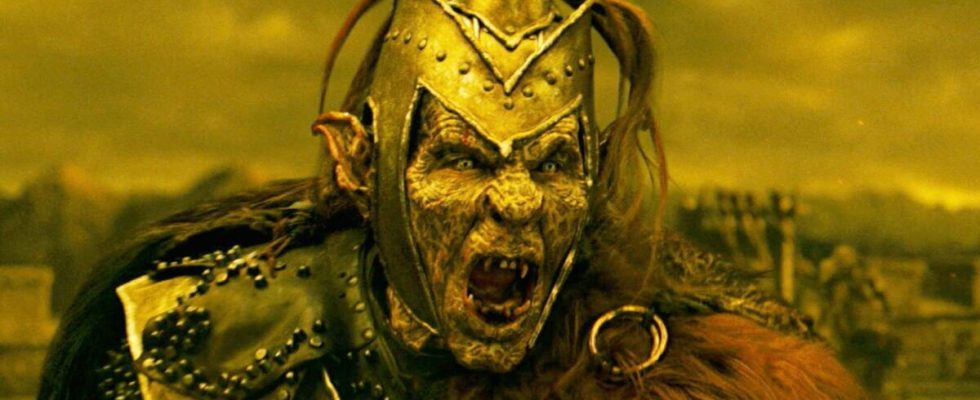The very opening of Sucker Punch is an audiovisual event that is all too seldom seen in blockbusters. Director Zack Snyder stages the beginning of the story like a classy music video. This presentation could hardly be more different from the content, in which the main character defends himself against the drunken stepfather after the death of her mother and has to be in a mental institution for it.
The strongly aestheticized prelude is just a foretaste of the level at which Snyder is staged fantasy then let it run free. Sucker Punch airs Friday nights at 10:20pm on Tele 5. Although the film is only 11 years old, it’s already nostalgic given today’s blockbuster landscape.
Sucker Punch is an outstanding exception
With the first feature films such as Dawn of the Dead, 300 and Watchmen, Snyder gained a reputation as an excessive stylist. At the same time, he shaped a whole new comic film aesthetic that has been imitated many times.
After Watchmen wasn’t a financial hit with a budget of around $130 million and worldwide earnings under $200 million, the Warner Bros. director got the film anyway over $80 million and complete creative freedom for sucker punch. A step that is as bold as it is risky, which is rare in Hollywood today. It paid off artistically, because the director let off steam in his first original screenplay without a (comic) template.
In Sucker Punch, the protagonist Babydoll (Emily Browning) loses herself in different narrative levels. Reality, imagination and pipe dream are constantly blurring together.
Snyder uses this concept primarily for an exuberant juggling with elements from recent pop culture history. Monstrous samurai fighters, world war zombies, dragons and orcs Snyder whirls around. In the current blockbuster landscape full of franchises, prequels, sequels and cinematic universes, Sucker Punch seems like an exotic exception today.
*. . .
